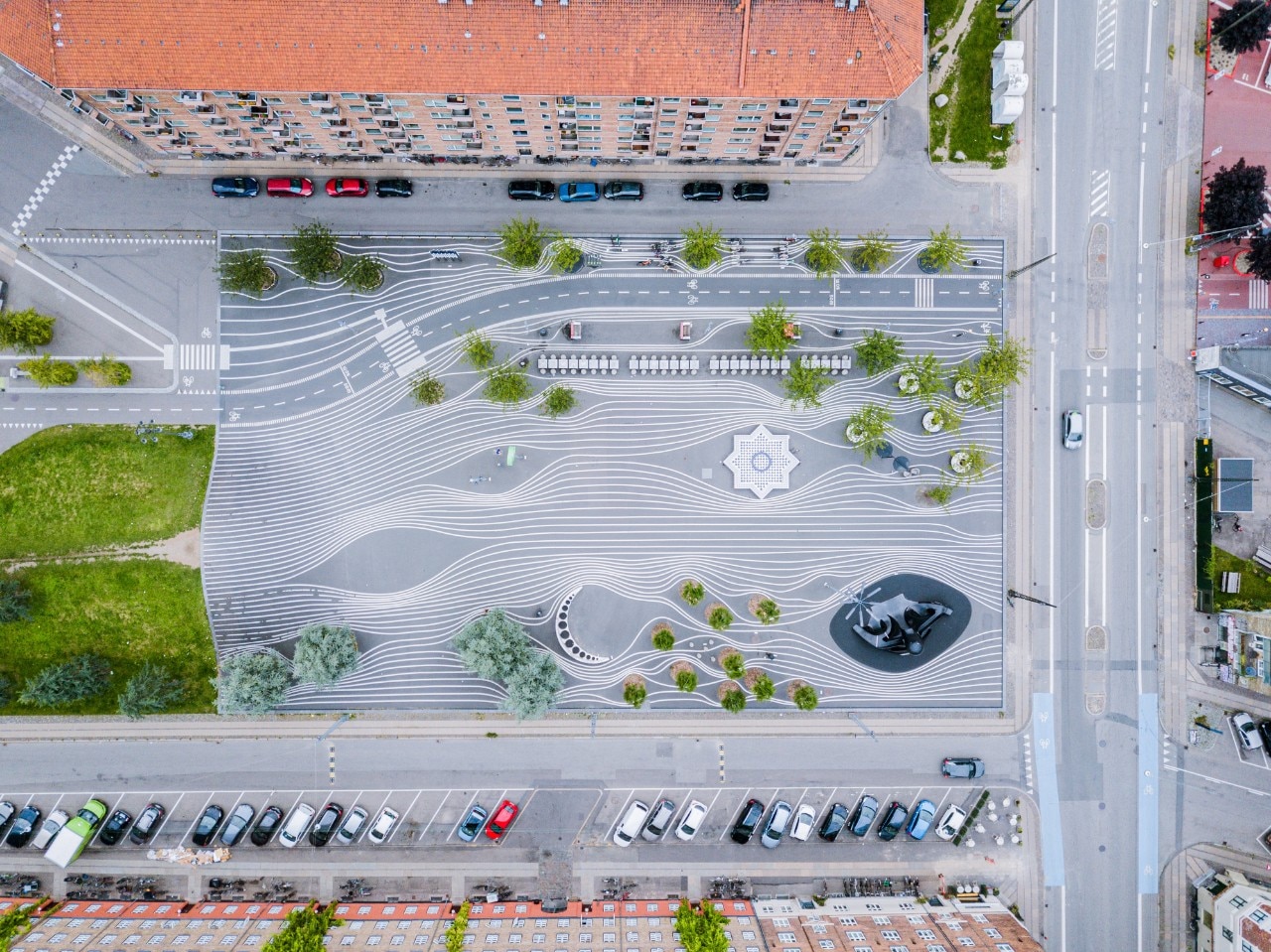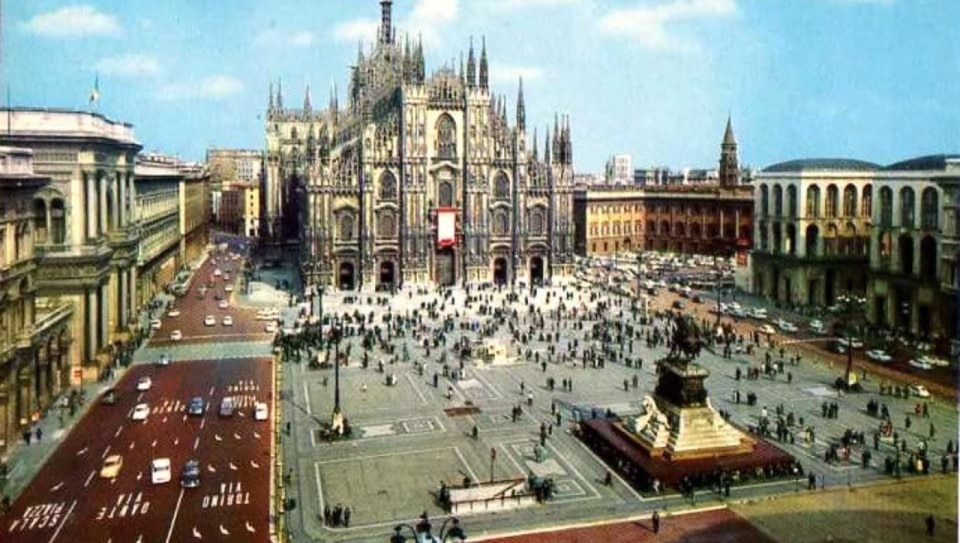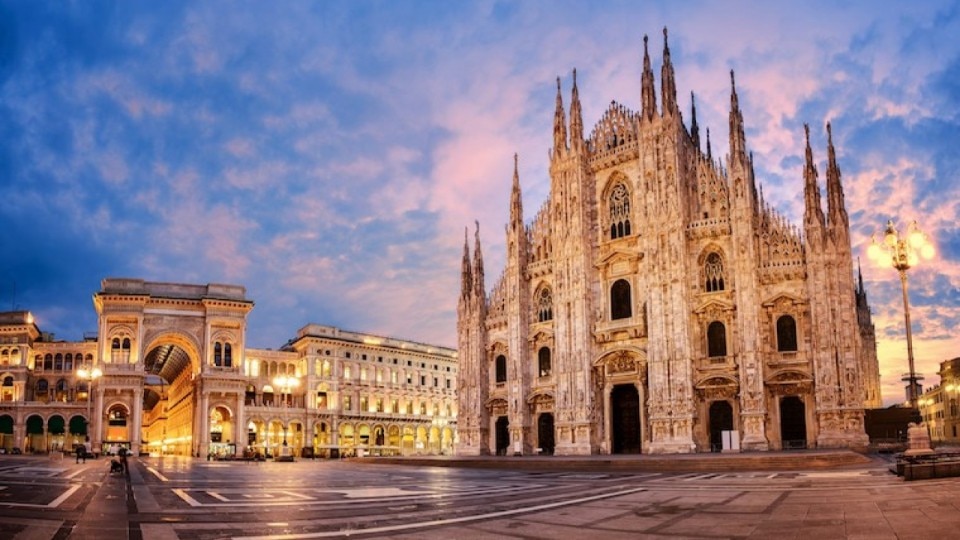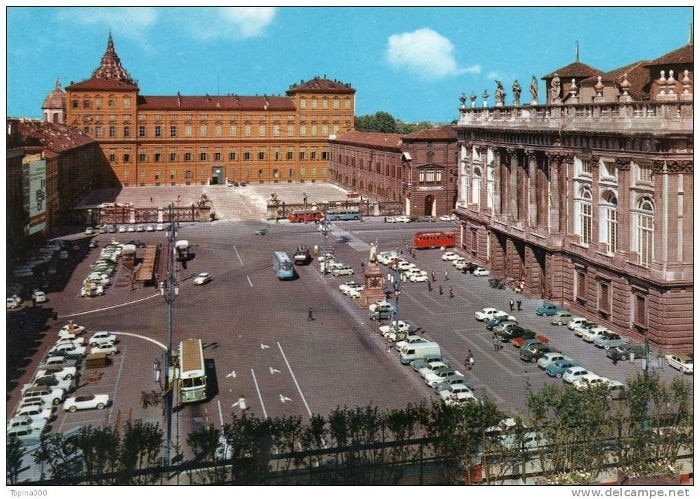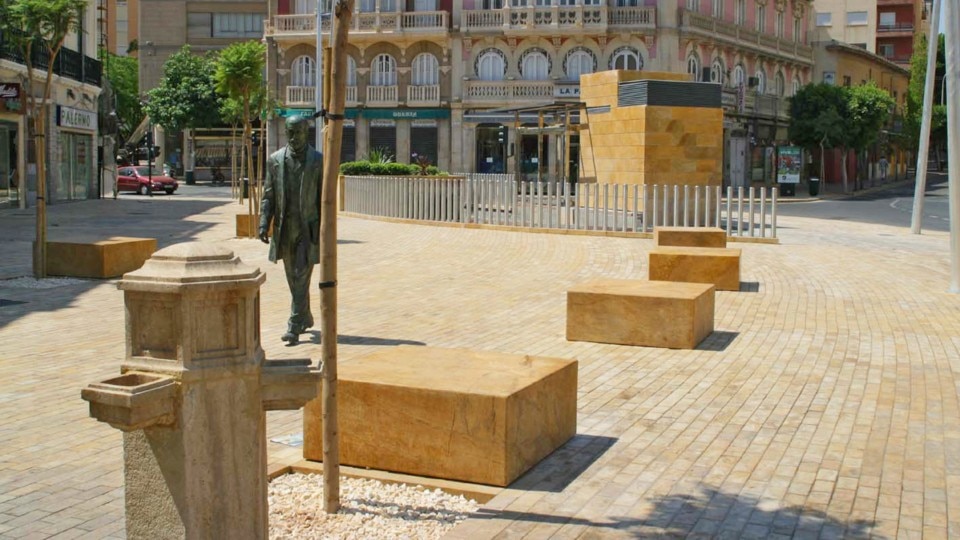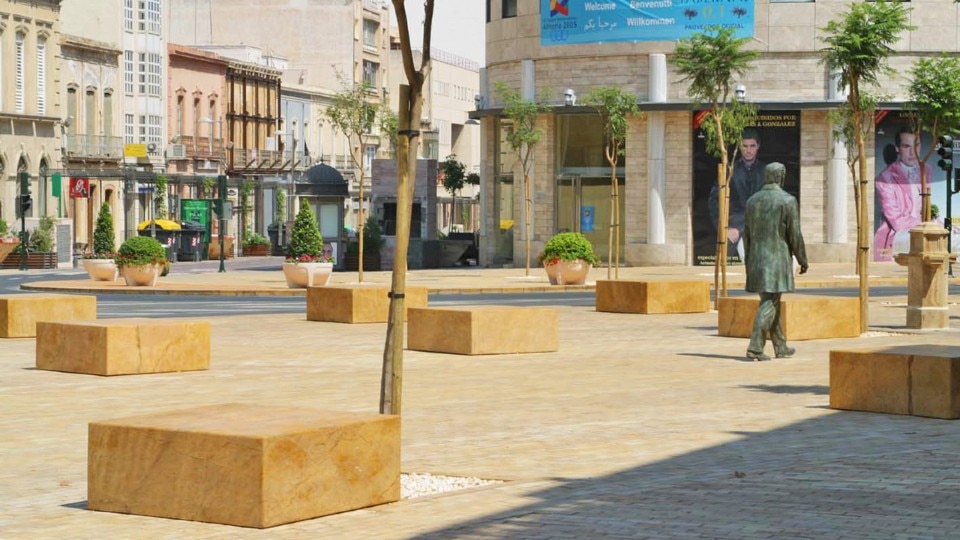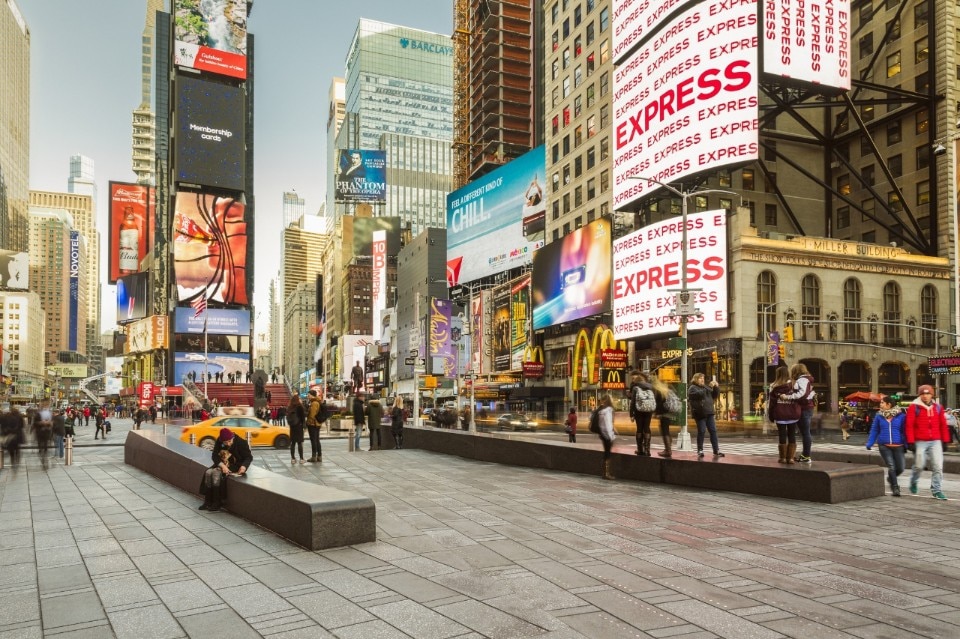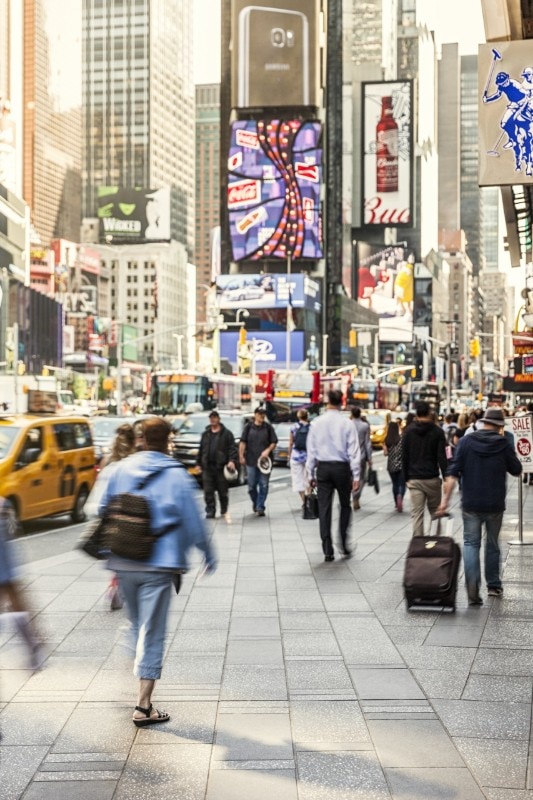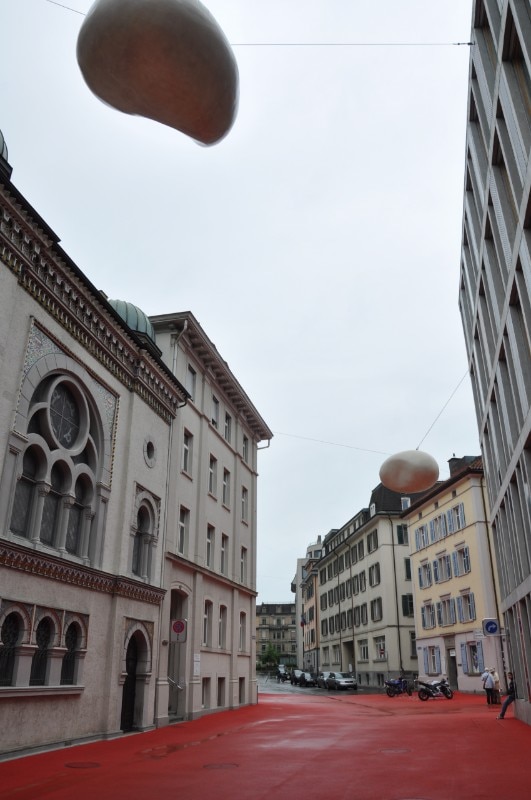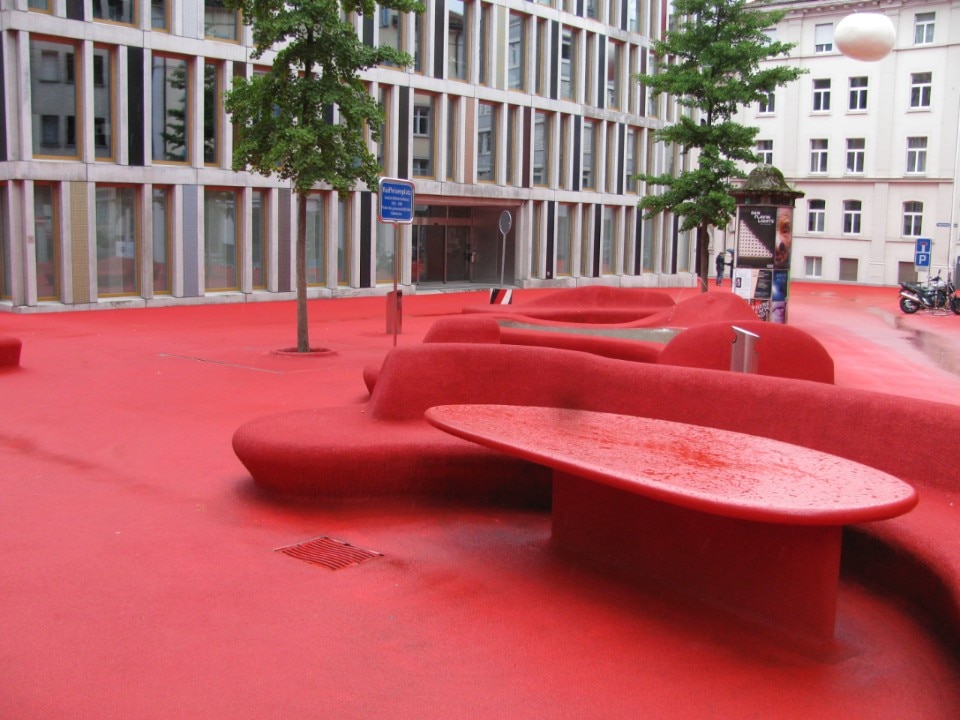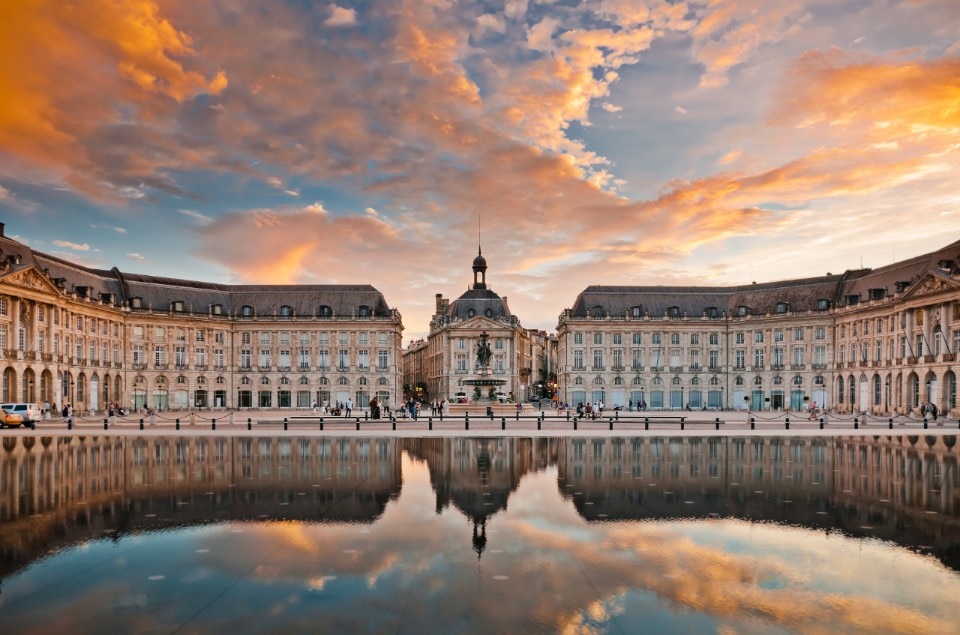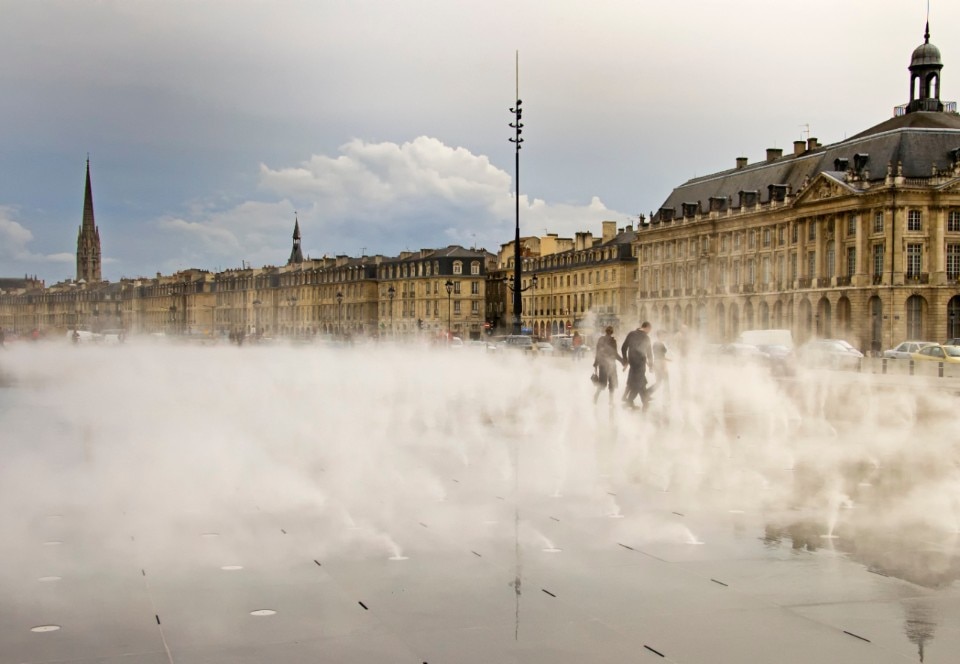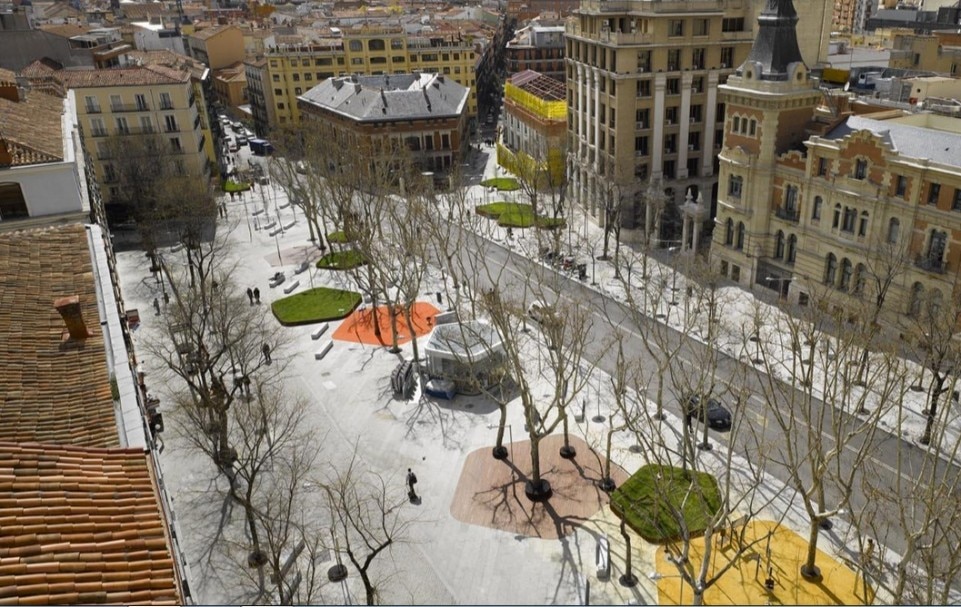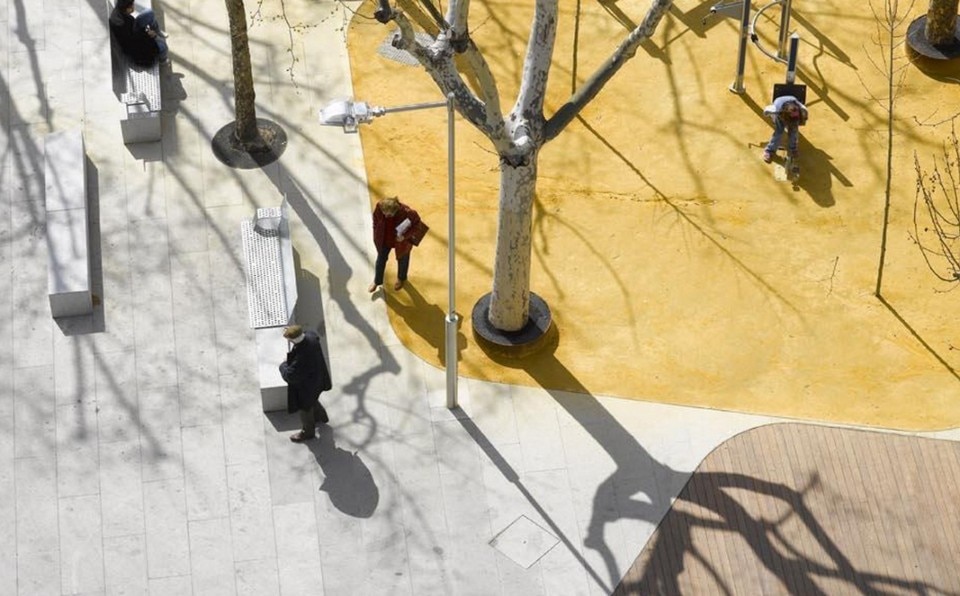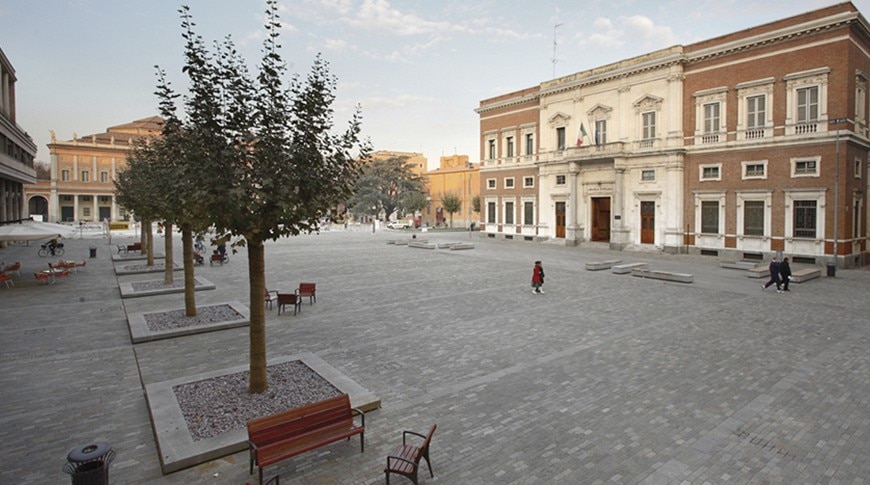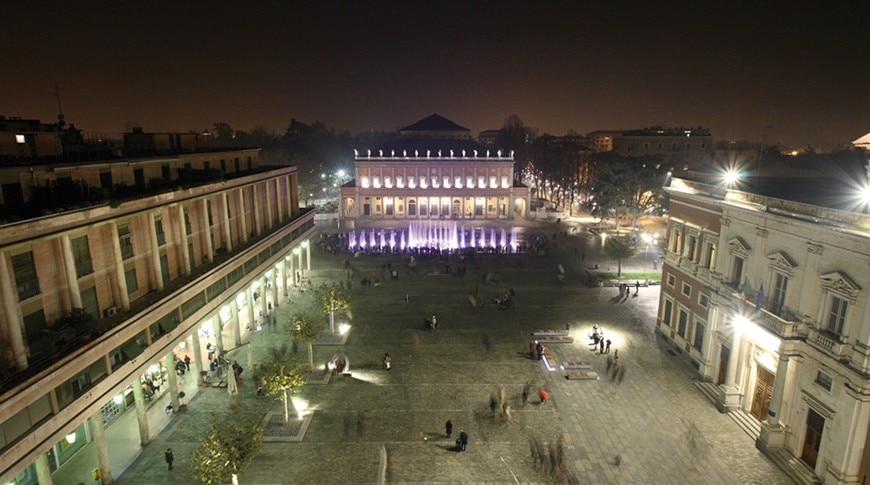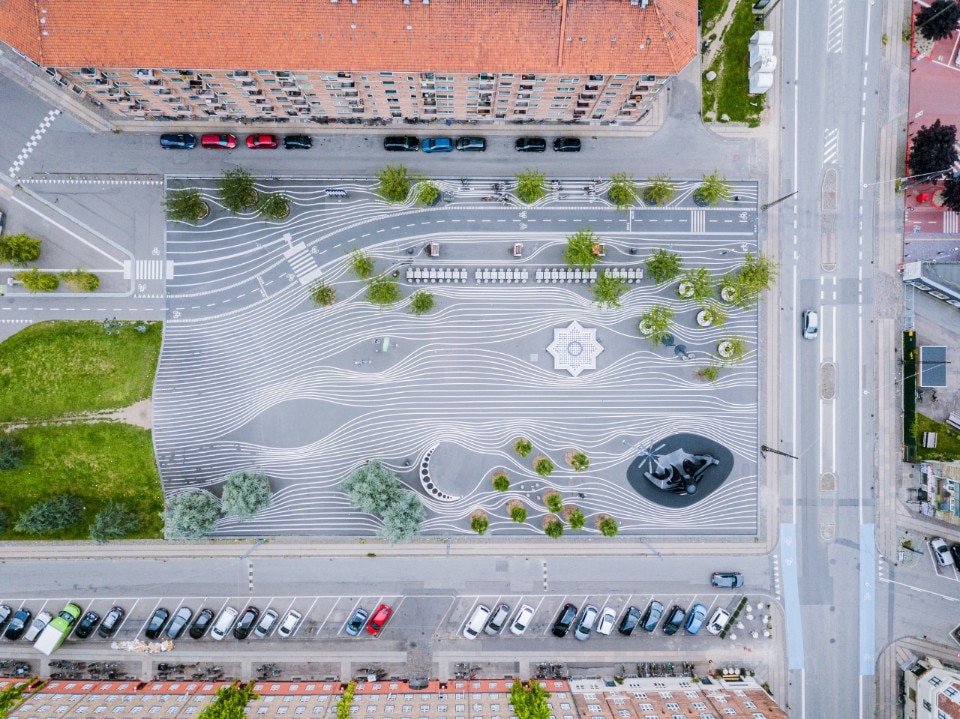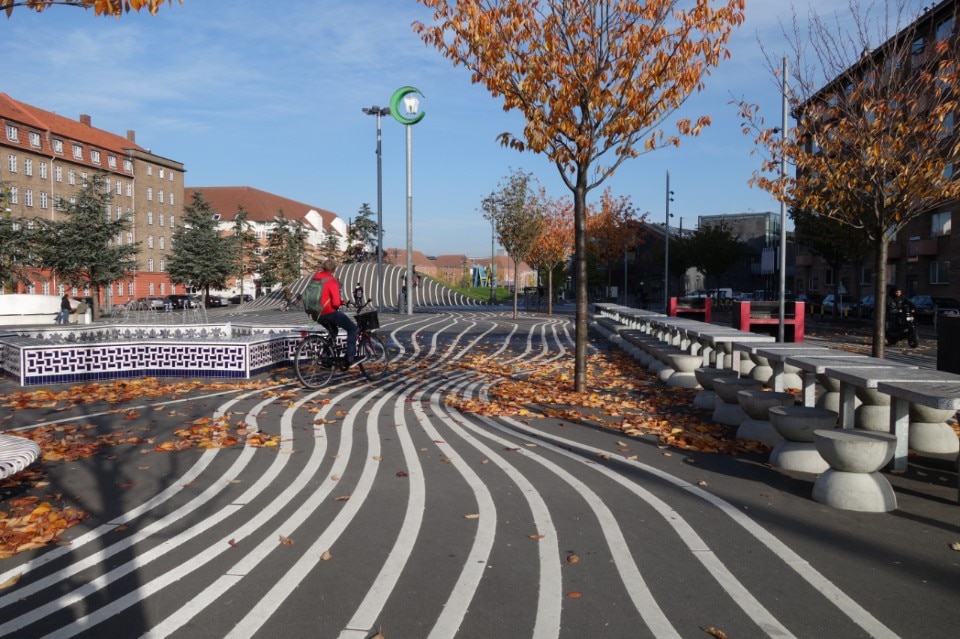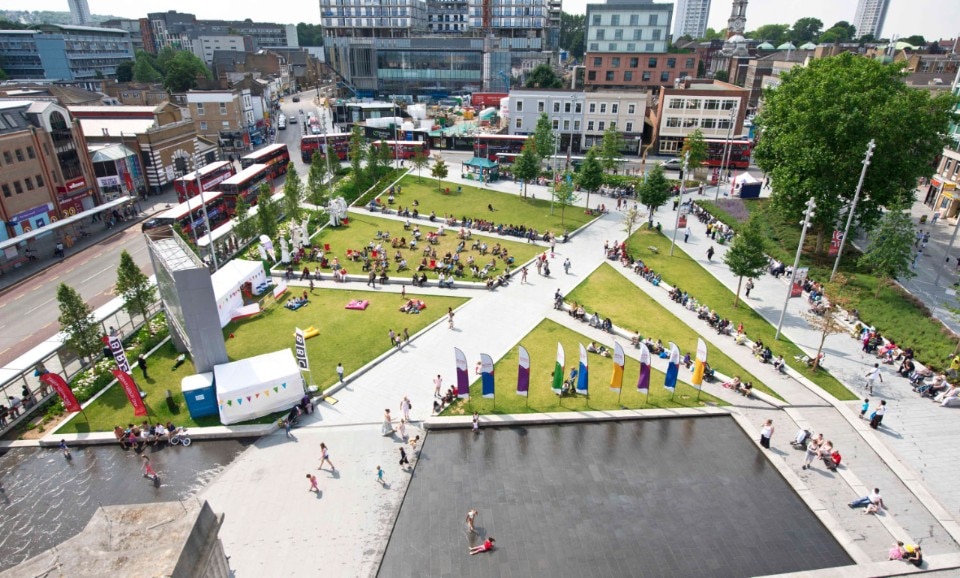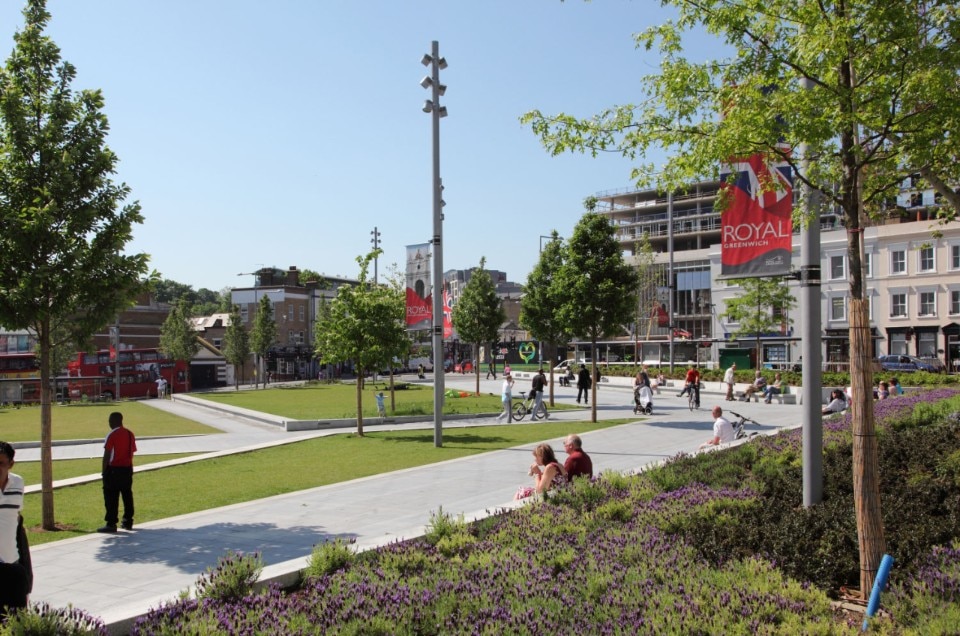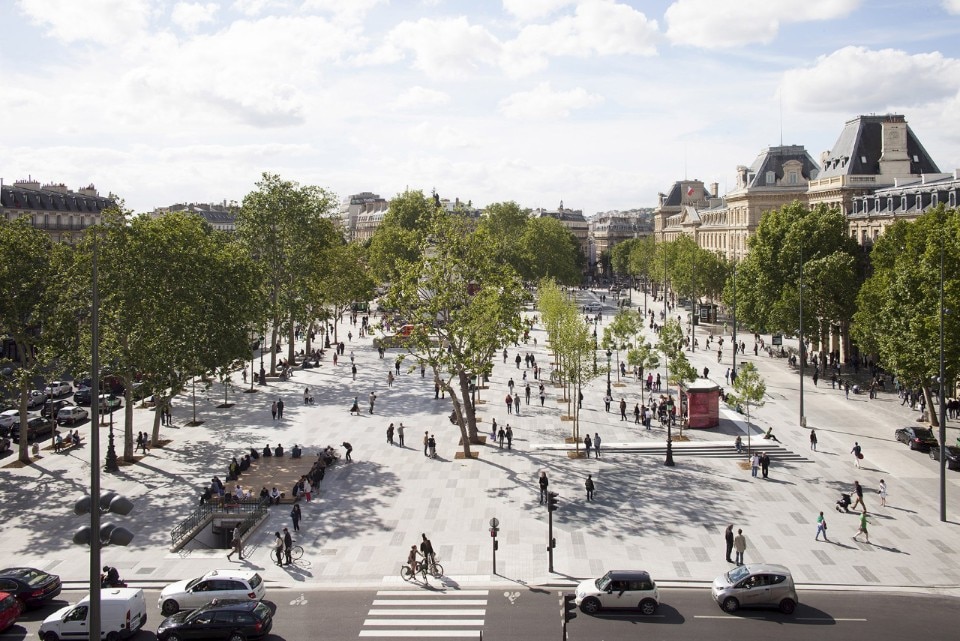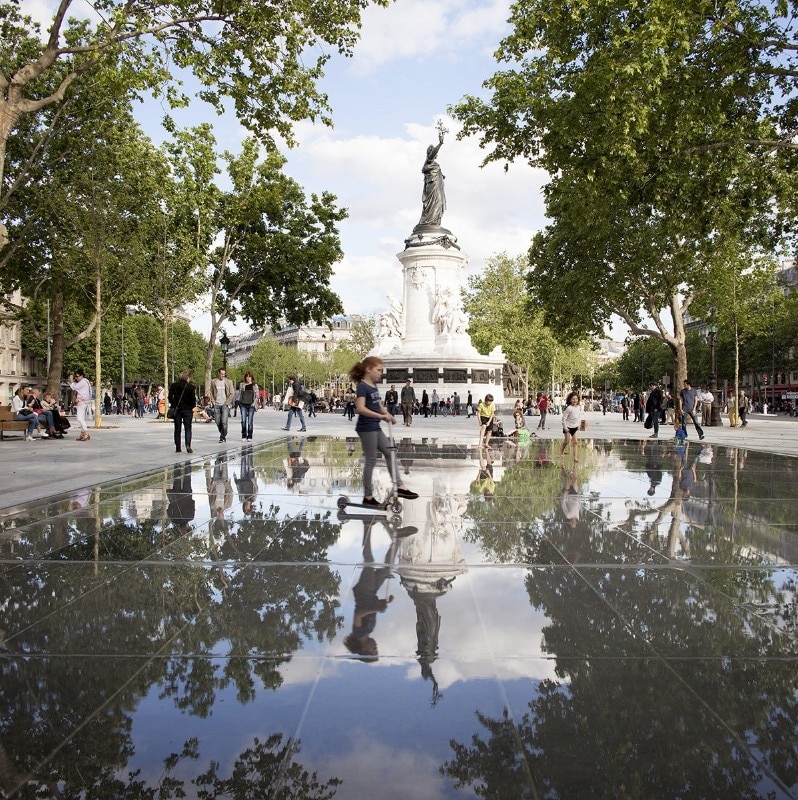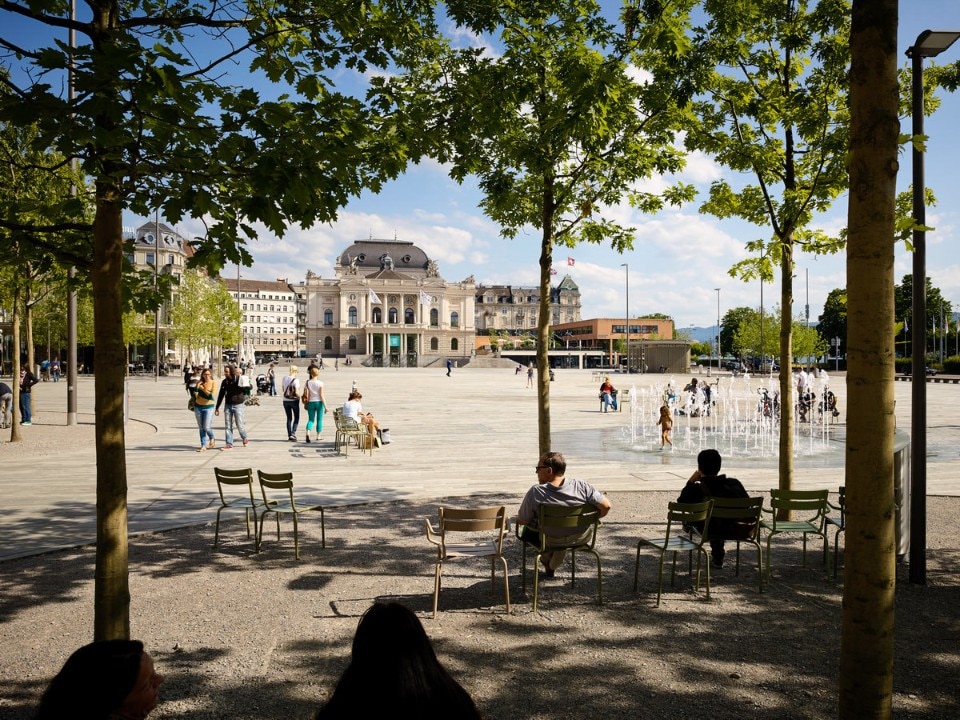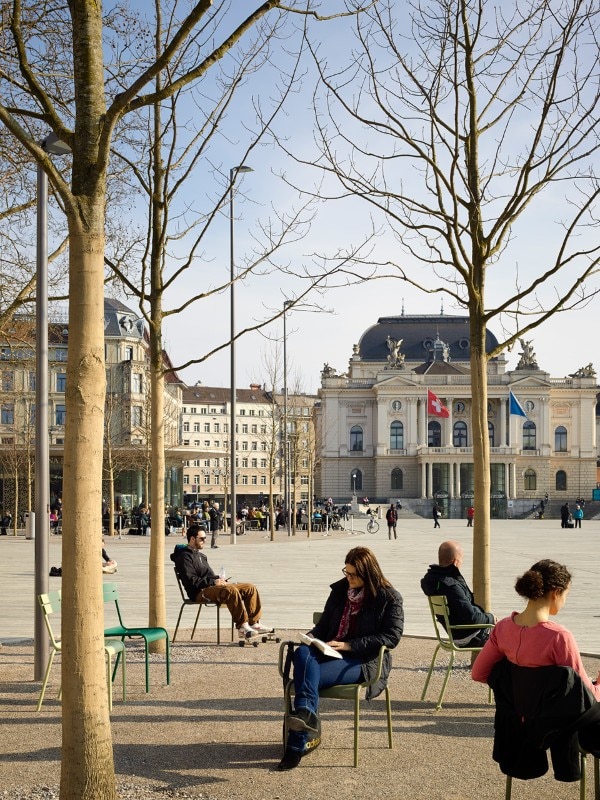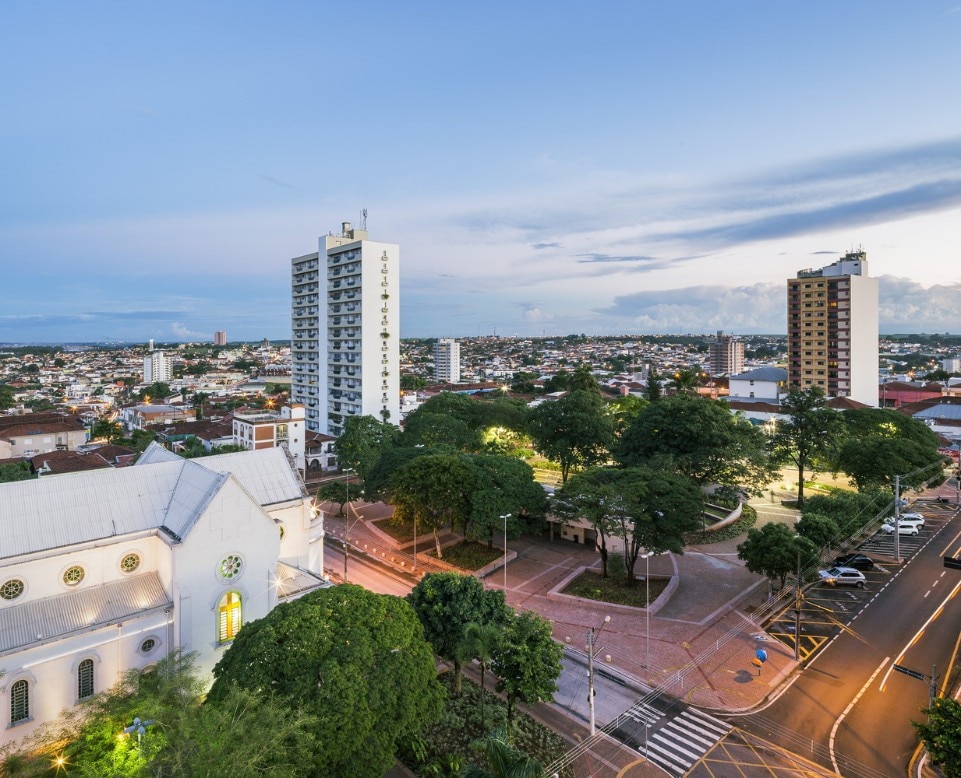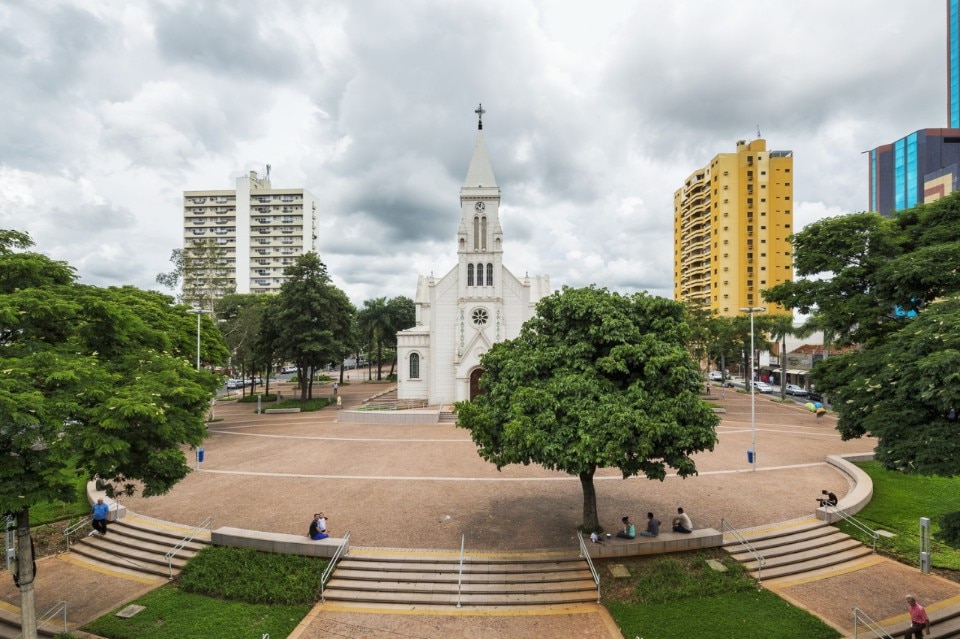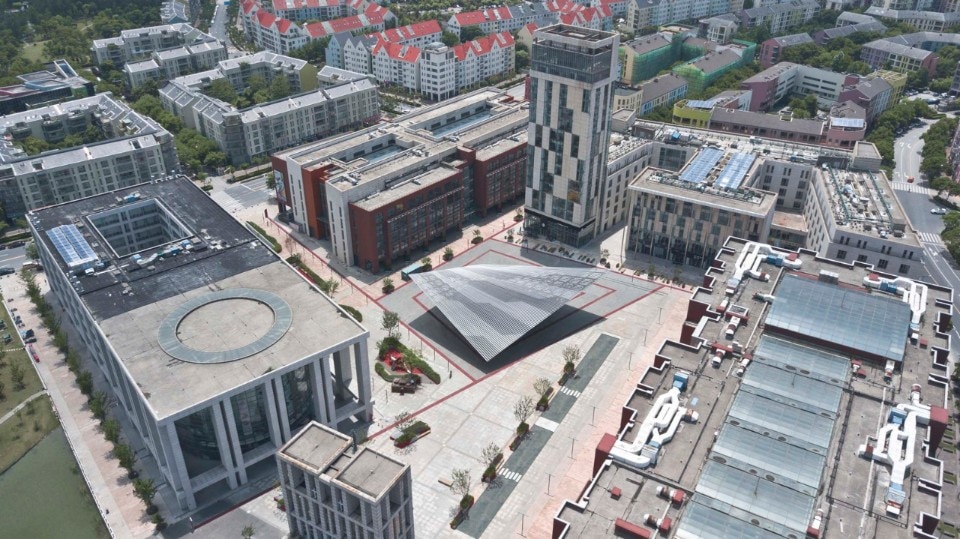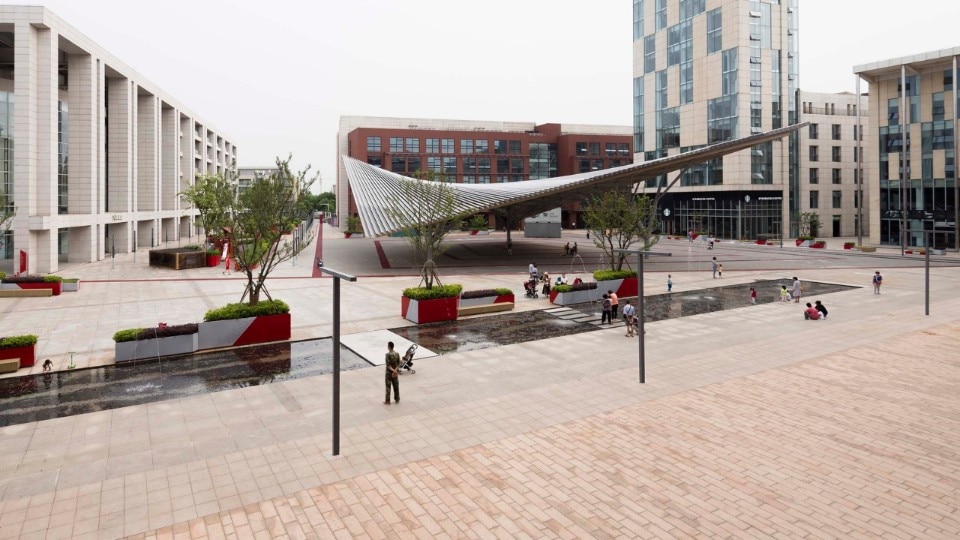Although walking is one of the most natural activities, the introduction of the automobile as a means of mass travel and the correlated expansion of urban systems made this practice increasingly residual and anomalous in the daily lives of city dwellers during the 20th century.
Since the 1960s, a multidisciplinary interest (from urban planning to sociology and anthropology) in the subject of pedestrian mobility has emphasised the centrality of public space as a structuring element of urban life in its physical and socio-economic dimensions, and the need to design spaces suitable for walking, beyond the mere provision of a safety pavement.
In 1961, in “The Life and Death of Great Cities”, Jane Jacobs highlighted the importance of recontextualising the theme of the street within the functioning mechanism of urban organisms: no longer a mere space of rapid transit, but a fulcrum of renewed vitality, where walking, functional and typological heterogeneity and housing density contribute to innervating the city with new life, facilitating relational and fruitive modalities that contribute to the construction of the identity of a place and a community.
This vision has inspired the recent urban planning model of the “15-minute city” introduced by Carlos Moreno: instead of sprawling, sprawling urban spaces, a polycentric urban fabric in which inhabitants can conveniently carry out their activities – leisure, education, work, commerce and health – within 15 minutes of their homes by bicycle or on foot.
As part of this process of reconquest and progressive “re-humanisation” of the public city, under the banner of the values of slowness and proximity, we propose below a few examples of squares that have been happily regenerated with this in mind. Spaces, widenings and junctions previously prey to vehicular traffic (in the past, Piazza del Duomo in Milan and Piazza Castello in Turin; more recently, de Paauw architecture in Barcelona, Nieto Sobejano in Madrid, Cairepro in Reggio Emilia); poorly valorised (Pipilotti Rist in St. Gallen, Pierre Gangnet in Bordeaux, Gustafson Porter + Bowman in London, TVK in Paris, Zach+Zünd Architekten in Zurich, Rosa Grena Kliass Arquiteta et al. in Catanduva); congested (Snøhetta in New York), degraded (Superflex in Copenaghen) or literally alienating (Kokaistudios in Anting): all these places become, thanks to the increase in pedestrian areas and attractive services and infrastructures, new accessible, safe and lively urban polarities, inviting people not only to pass by but also and above all to return.


